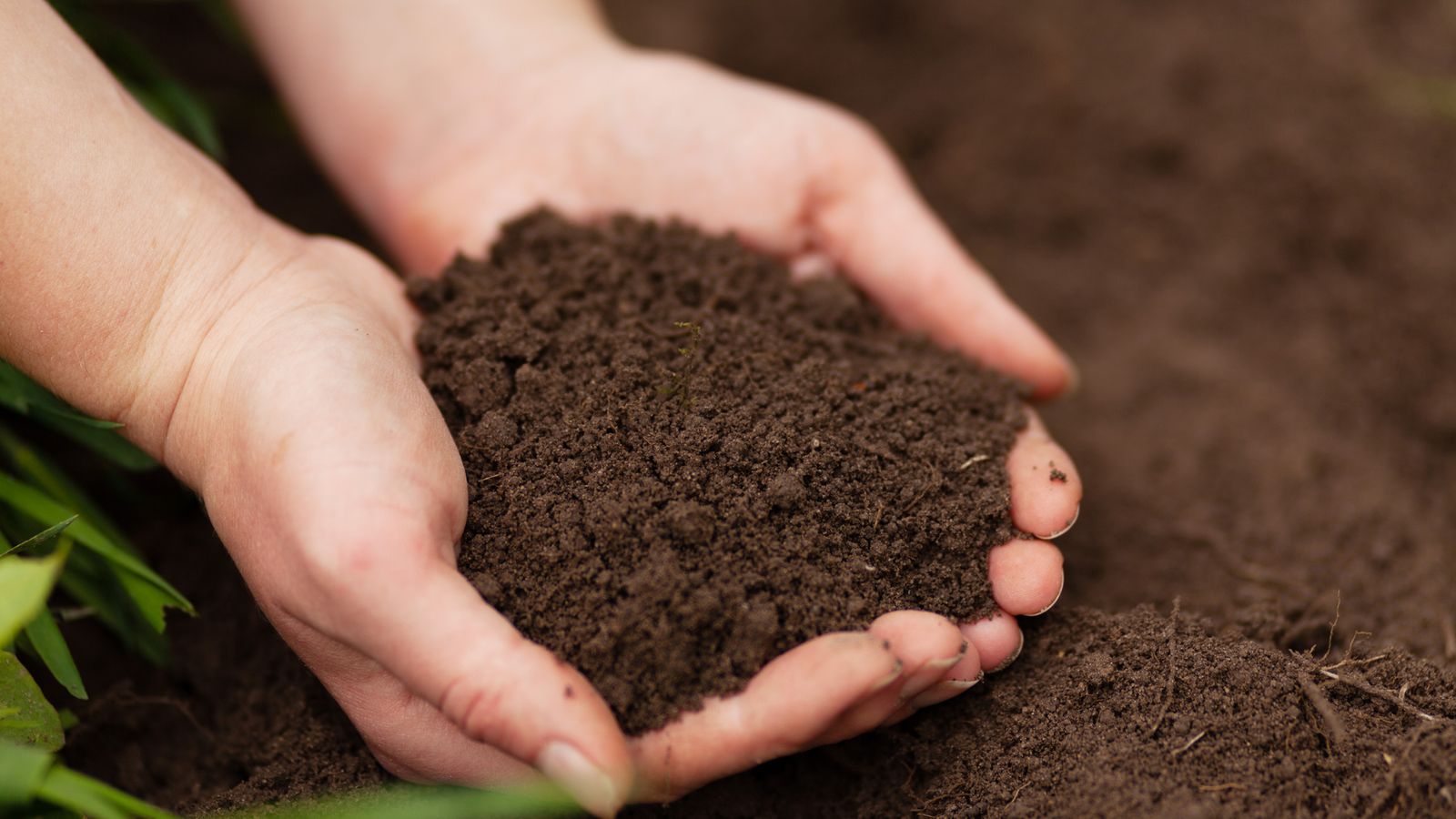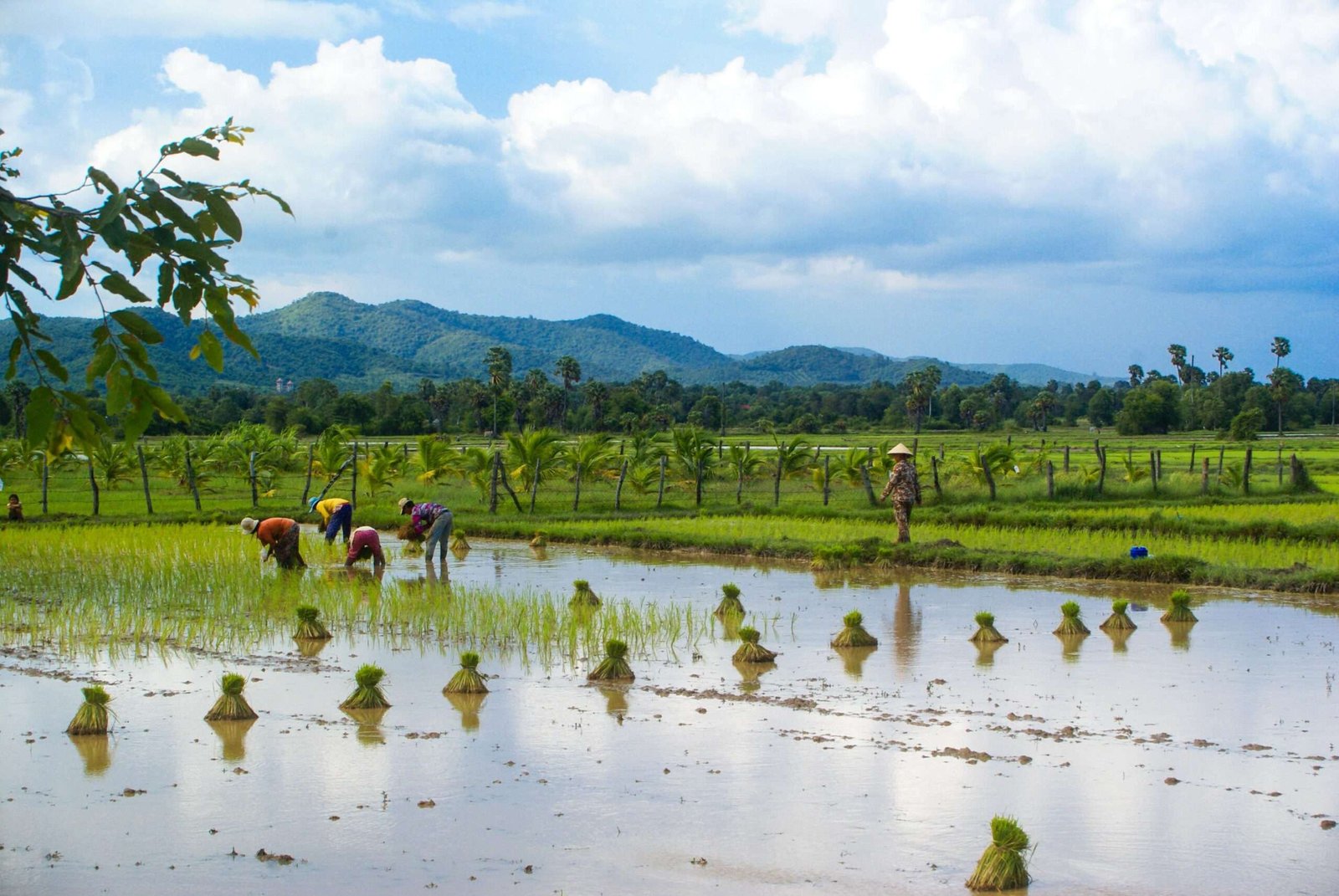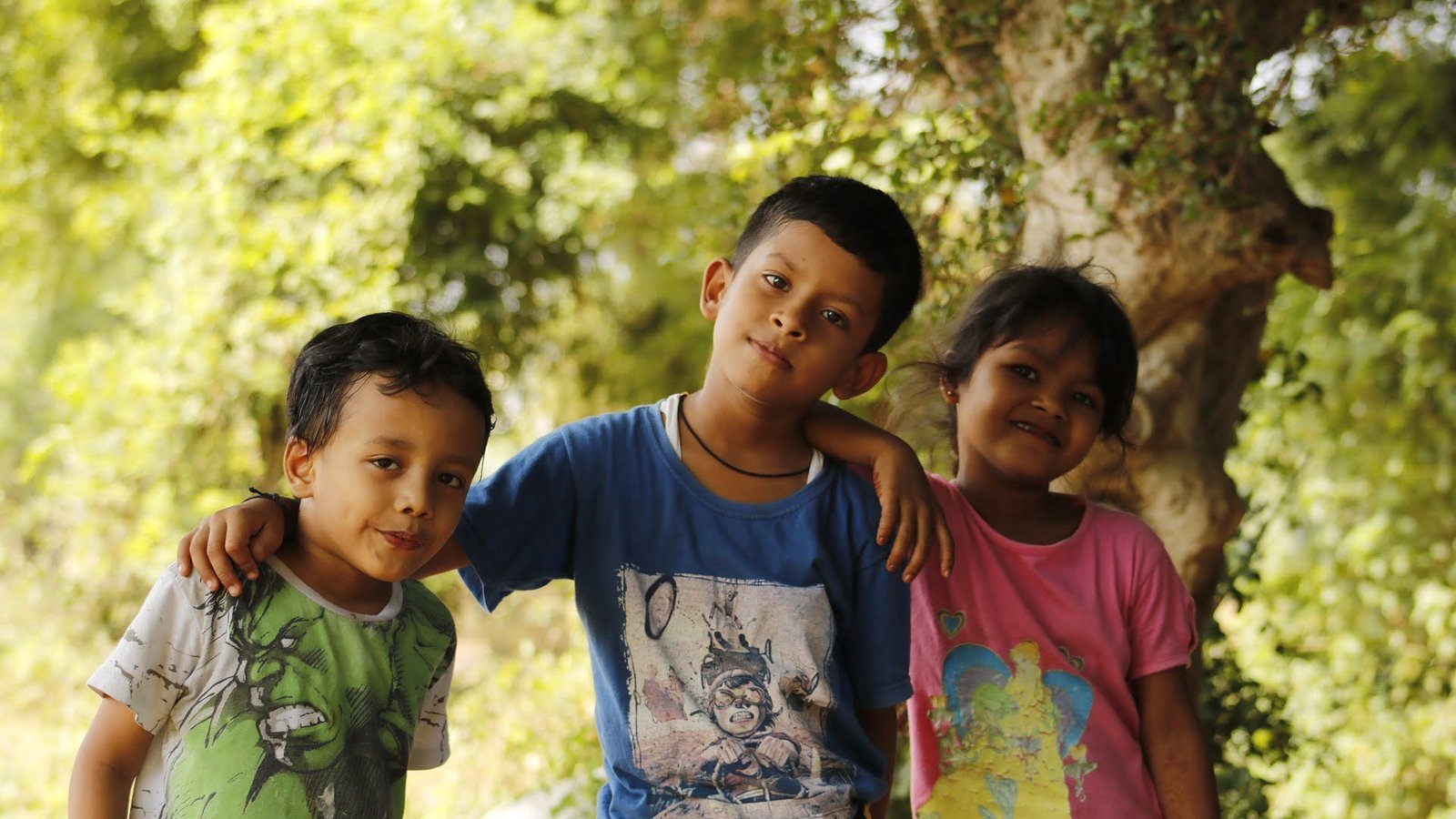Cambodia, a country deeply rooted in agriculture, is blessed with a range of soils that serve as the foundation for a thriving agricultural economy. Much of Cambodia’s land is rich and fertile, enabling farmers to grow a wide array of crops that sustain the country and contribute to its economy. But perhaps the greatest natural asset in supporting this agricultural abundance is the mighty Mekong River, which nourishes the soil and plays a crucial role in Cambodia’s farming traditions. As the famous environmentalist Wendell Berry once said, “The soil is the great connector of lives, the source and destination of all,” a sentiment that resonates strongly in Cambodia, where the soil supports livelihoods, communities, and traditions.
The Mekong River: Cambodia’s Lifeline for Fertile Soil
The Mekong River, one of the world’s longest rivers, stretches from the Tibetan Plateau through China, Myanmar, Thailand, Laos, Cambodia, and Vietnam. Its impact on Cambodian agriculture is profound. Each year, the Mekong’s monsoon-fed waters flood vast areas of Cambodian land, bringing with them nutrient-rich silt and sediments that enrich the soil, creating ideal conditions for growing rice and other crops (Mekong River Commission, 2021). This natural irrigation and nutrient deposit has been crucial for generations of Cambodian farmers who depend on the river’s rhythms.
One of the Mekong’s unique features is its seasonal reversal of flow, caused by the annual monsoon. This reversal fills the Tonle Sap Lake, Cambodia’s largest freshwater body, dramatically increasing its size and creating a vast floodplain (FAO, 2019). This fertile floodplain is a treasure trove of alluvial soils that, when the waters recede, are perfect for rice farming and other forms of cultivation. It is within this natural cycle that Cambodian farmers find the opportunity to grow a diverse range of crops, from rice and cassava to fruits and vegetables, all sustained by the life-giving nutrients of the Mekong.
The Diverse Soils of Cambodia: A Foundation for Abundance
Cambodia’s soils can be broadly categorized into several types, each with unique characteristics that determine what crops can thrive within them. Here’s an overview of the key soil types that shape Cambodia’s agricultural landscape:
- Alluvial Soils: These soils are a gift of the Mekong and Tonle Sap, found primarily in the lowland areas. Known for their fine texture and richness in organic matter, alluvial soils are highly fertile and well-suited for rice cultivation, which is central to Cambodia’s agriculture (General Department of Agriculture, 2020). Alluvial soils are continuously replenished by annual floods, ensuring that farmers can grow crops without heavy dependence on fertilizers.
- Red-Yellow Podzolic Soils: Found in the upland and hilly regions, red-yellow podzolic soils are known for their distinct coloration, which comes from the presence of iron and aluminum oxides. These soils, while slightly less fertile than alluvial soils, still support a range of crops, particularly plantation crops such as rubber, which has become a significant part of Cambodia’s agricultural exports (ADB, 2020).
- Lateritic Soils: Predominantly found in the northeastern parts of Cambodia, lateritic soils are rich in iron and aluminum, giving them a red hue. These soils are well-drained, making them suitable for crops that don’t require constant moisture. Cassava, for example, grows well in these soils and is an important crop in Cambodia’s agricultural portfolio (FAO, 2019).
- Sandy Soils: Located along the coast and in certain inland regions, sandy soils offer a unique environment for crop growth. While they have lower nutrient levels, they are excellent for root crops like cassava and certain fruits. With careful management, sandy soils support productive farming communities along Cambodia’s coastline.
Crops of Cambodia: A Bounty from the Soil
Cambodia’s soils support a wide range of crops, with rice, of course, taking the lead. However, the country’s agricultural diversity is impressive, showcasing crops that not only sustain the local population but also create opportunities in international markets.
Rice – Sustenance and Symbol of Cambodian Culture
Rice is at the heart of Cambodian agriculture, occupying nearly 80% of the country’s cultivated land. Cambodian rice varieties, particularly the fragrant jasmine rice, are highly valued for their quality and are popular in both local and export markets. The Mekong River and its tributaries provide the ideal conditions for rice cultivation, depositing nutrient-rich silt onto the fields and supporting multiple cropping cycles each year (IRRI, 2018). Cambodian rice farming is often celebrated as a blend of tradition and sustainability, a harmonious relationship between the soil, water, and community.
Rubber – Thriving on Red-Yellow Podzolic Soils
The rubber industry in Cambodia has grown substantially, with plantations primarily located in provinces like Kampong Cham and Kratie. The red-yellow podzolic soils found in these areas are well-suited to rubber trees, providing the drainage and acidity levels that rubber requires. Rubber not only contributes to Cambodia’s economy but also creates employment opportunities, especially in rural areas (World Bank, 2021).
Cassava – Cambodia’s Emerging Crop for Domestic and Export Markets
Cassava, a versatile crop, has become an essential part of Cambodian agriculture, particularly in the northeastern regions. Cassava grows exceptionally well in the lateritic soils, producing high yields even in areas where other crops might struggle. It has uses in food, animal feed, and the biofuel industry, making it a valuable crop for both domestic consumption and international trade (MAFF, 2020).
Pepper – The World-Famous Kampot Variety
Cambodian Kampot pepper is an example of how the country’s unique soils and climate can produce a crop of exceptional quality. Grown in the coastal province of Kampot, this pepper is known worldwide for its distinctive flavor profile and has earned a protected geographical indication (PGI), which preserves its identity and origin. The pepper is grown in a soil enriched by the nearby rivers and coastal air, giving it a unique taste that chefs and food enthusiasts highly prize.
Cashews – A Growing Presence in Cambodia’s Agricultural Portfolio
Cashews are grown mainly in northeastern Cambodia, where the lateritic and sandy soils support their growth. Cambodian cashews have been gaining attention for their quality, becoming increasingly popular both domestically and abroad. The crop not only brings additional income for farmers but also adds value to Cambodia’s agricultural exports.
Tropical Fruits – Cambodia’s Flavorful Offerings to the World
Cambodia’s warm climate and fertile soils are ideal for growing a variety of tropical fruits. Mangoes, bananas, pineapples, and dragon fruit are cultivated across the country, providing fresh produce to local markets and catering to growing export demands. Cambodian mangoes, in particular, are celebrated for their sweetness, making them a favorite among both local and international consumers (ADB, 2020).
Cambodian Soil and Agricultural Development: A Bright Future
Cambodia’s soils, nourished by the Mekong and the Tonle Sap, provide a strong foundation for a bright agricultural future. Cambodian agriculture stands at the intersection of tradition and innovation, drawing on the wisdom of generations while embracing modern practices that enhance productivity. Cambodian farmers are increasingly aware of the value of sustainable practices, including organic fertilizers, crop rotation, and efficient water management.
The presence of the Mekong plays a vital role in this, ensuring that each season brings new deposits of nutrient-rich silt to replenish the soil. This natural process helps farmers reduce dependency on artificial inputs, highlighting Cambodia’s potential for eco-friendly agriculture (Mekong River Commission, 2021). As the famous environmentalist John Muir once remarked, “When one tugs at a single thing in nature, he finds it attached to the rest of the world.” Cambodia’s agricultural landscape is a reminder of this interconnectedness, as the Mekong sustains the soil, which in turn sustains the crops that feed and support the nation.
Future Prospects: Building on Soil and Tradition
As Cambodia continues to grow and modernize, the role of its soils will remain essential. The country’s agricultural potential is vast, and with its fertile soils and commitment to sustainable practices, Cambodia is poised to be an agricultural leader in Southeast Asia. Cambodian produce, from rice to pepper, not only brings economic opportunities but also places the country on the world map as a source of high-quality, responsibly grown products (FAO, 2019).
References
- Food and Agriculture Organization of the United Nations (FAO). (2019). Cambodia Soil Information System. Retrieved from FAO Cambodia.
- Ministry of Agriculture, Forestry and Fisheries (MAFF), Cambodia. (2020). Annual Agricultural Statistics. Retrieved from MAFF Cambodia.
- International Rice Research Institute (IRRI). (2018). Rice Production in Cambodia. Retrieved from IRRI Cambodia.
- Mekong River Commission. (2021). The Mekong River Basin and Its Importance for Agriculture. Retrieved from Mekong River Commission.
- Asian Development Bank (ADB). (2020). Enhancing Agricultural Productivity in Cambodia. Retrieved from ADB Publications.
- World Bank. (2021). Cambodia – Agricultural Sector Risk Assessment. Retrieved from World Bank Documents.
- General Department of Agriculture, Cambodia. (2020). Cambodia’s Agricultural Sector and Crop Diversification.








